Introduction
Bibimbap sauce, a vibrant and flavorful staple in Korean cuisine, is more than just a condiment—it’s a culinary chameleon capable of transforming ordinary dishes into extraordinary meals. Rooted in the tradition of bibimbap (a mixed rice dish topped with vegetables, meat, and a fried egg), this sauce typically combines gochujang (fermented chili paste), sesame oil, garlic, soy sauce, and a hint of sweetness from honey or sugar. Its balance of spicy, savory, umami, and tangy notes makes it a go-to for adding depth to bowls, stir-fries, and beyond. But why limit this powerhouse to one dish? This article explores the endless possibilities of incorporating bibimbap sauce into your daily cooking, from quick weekday dinners to creative appetizers and even unexpected sweet treats. Whether you’re a seasoned home cook or a curious foodie, get ready to elevate your meals with this dynamic sauce.
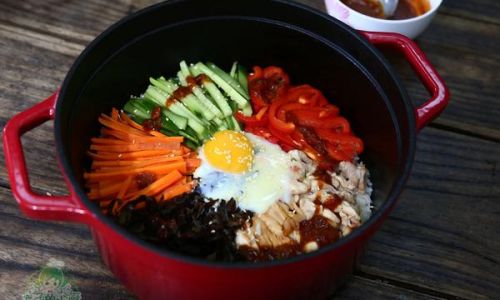
The Basics: What Makes Bibimbap Sauce So Special?
Before diving into recipes, it’s essential to understand the sauce’s core components. Gochujang, the backbone of the sauce, provides a fermented complexity that’s both spicy and slightly sweet. Sesame oil adds nutty richness, while garlic and soy sauce contribute savory umami. Together, these ingredients create a harmonious blend that complements a wide range of flavors. For those new to bibimbap sauce, start with store-bought versions (look for brands labeled sunchang gochujang for authenticity) or craft your own using the recipe below.
Homemade Bibimbap Sauce Recipe
Ingredients:
- 3 tbsp gochujang
- 1 tbsp soy sauce (or tamari for gluten-free)
- 1 tbsp honey or brown sugar
- 1 tbsp rice vinegar
- 1 tsp sesame oil
- 1 garlic clove, minced
- 1 tsp sesame seeds (optional)
- 1 tsp gochugaru (Korean red pepper flakes, optional for extra heat)
Instructions:
- Whisk all ingredients in a bowl until smooth.
- Adjust sweetness or spiciness to taste.
- Store in an airtight container in the refrigerator for up to two weeks.
Traditional Pairings: Beyond the Bibimbap Bowl
While bibimbap sauce is iconic in its namesake dish, it shines in other Korean classics:
- Grilled Meats (Bulgogi): Use the sauce as a marinade for thinly sliced beef or pork. The fermented notes tenderize the meat while imparting smoky sweetness.
- Dukbokki (Spicy Rice Cakes): Stir the sauce into a pan of chewy rice cakes and fish cakes for a quick, sticky-sweet snack.
- Kimchi Fried Rice: Drizzle over kimchi fried rice for an extra layer of heat and depth.
Creative Ways to Use Bibimbap Sauce
As a Marinade for Proteins and Tofu
- Chicken or Tofu Skewers: Marinate cubes of chicken breast or firm tofu in bibimbap sauce for 30 minutes, then thread onto skewers and grill. The sauce caramelizes beautifully, creating a sticky glaze.
- Salmon: Slather the sauce on salmon fillets before baking or pan-searing. The oil in the sauce prevents sticking and adds a crispy finish.
Salad Dressings and Bowls
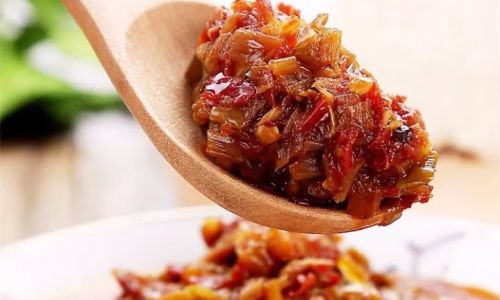
- Spicy Slaw: Whisk the sauce with lime juice, olive oil, and a touch of honey for a tangy dressing. Toss with shredded cabbage, carrots, and cilantro.
- Buddha Bowls: Drizzle over roasted sweet potatoes, chickpeas, and quinoa for a plant-based meal bursting with flavor.
Dipping Sauces and Spreads
- Veggie Spring Rolls: Mix the sauce with a splash of rice vinegar and serve with fresh spring rolls.
- Avocado Toast: Spread a thin layer on toast, top with mashed avocado, and sprinkle with furikake (Japanese seasoning) for a fusion breakfast.
- French Fries: Elevate fries by dipping them in a mixture of bibimbap sauce and mayo.
Stir-Fries and Noodles
- 10-Minute Udon Noodles: Stir-fry udon noodles with vegetables (spinach, mushrooms, bell peppers) and a few spoonfuls of sauce. Finish with a fried egg.
- Spicy Ramen Hack: Swap ramen seasoning packets with bibimbap sauce. Add a soft-boiled egg and nori sheets for a gourmet twist.
Sandwiches and Wraps
- Korean BBQ Burgers: Mix the sauce with mayo and slather on burger buns. Top with a beef patty, caramelized onions, and kimchi.
- Vegan Lettuce Wraps: Fill butter lettuce leaves with sautéed mushrooms, water chestnuts, and a spoonful of sauce.
Breakfast Boosts
- Scrambled Eggs: Stir a teaspoon of sauce into scrambled eggs while cooking. Serve with toast and sesame seeds.
- Oatmeal Upgrade: Swirl the sauce into savory oatmeal with a fried egg and scallions.
Snacks and Appetizers
- Roasted Nuts: Toss almonds or cashews in a mixture of sauce and honey, then bake until crispy.
- Deviled Eggs: Mix the sauce with egg yolk filling for a spicy kick.
Fusion Dishes
- Tacos: Use as a glaze for grilled shrimp or chicken tacos. Top with slaw and cilantro.
- Pizza: Spread thinly on pizza dough before adding cheese, veggies, and grilled chicken.
Soups and Stews
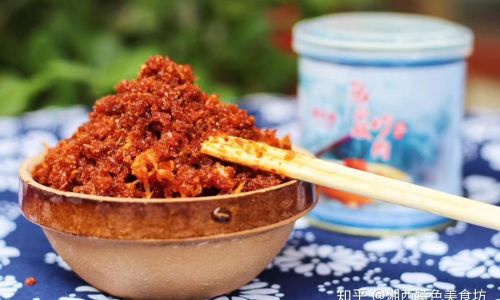
- Tofu Stew (Sundubu-jjigae): Add a spoonful to soft tofu stew for extra heat.
- Ramen Soup: Stir into miso broth with noodles, spinach, and mushrooms.
Sweet Treats (Yes, Really!)
- Chocolate-Chili Brownies: Fold a teaspoon of sauce into brownie batter for a subtle spicy kick.
- Ice Cream Topping: Drizzle over vanilla ice cream and sprinkle with toasted sesame seeds.
Pairing Bibimbap Sauce with Beverages
The sauce’s bold flavors pair well with:
- Beverages: Soju (Korean liquor), green tea, or a crisp lager.
- Sides: Quick-pickled cucumbers, kimchi, or seaweed salad.
Health Benefits and Dietary Adaptations
Bibimbap sauce isn’t just delicious—it’s nutritious too! Gochujang contains probiotics from fermentation, while sesame oil offers healthy fats. For dietary needs:
- Vegan: Use maple syrup instead of honey.
- Gluten-Free: Opt for tamari.
- Low-Sodium: Reduce soy sauce and add a pinch of salt if needed.
Cultural Context: The Role of Sauce in Korean Cuisine
In Korean cooking, sauces like bibimbap are central to sashim (seasoning) and banchan (side dishes). They reflect the philosophy of umami balance—sweet, salty, spicy, and sour. The sauce’s versatility mirrors modern Korean fusion trends, where tradition meets innovation.
Conclusion
Bibimbap sauce is a testament to the magic of simplicity: a few ingredients can create endless culinary adventures. From marinades to desserts, its ability to adapt and enhance makes it a pantry essential. So grab a jar (or your homemade batch) and start experimenting—your taste buds will thank you. Whether you’re whipping up a quick weeknight dinner or impressing guests with fusion tacos, this sauce is your secret weapon. Embrace the heat, savor the complexity, and let your creativity flow. After all, the best meals are the ones that surprise you—and bibimbap sauce never disappoints.
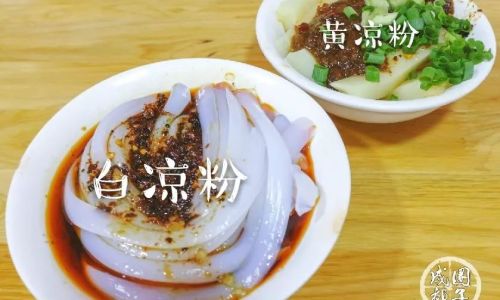

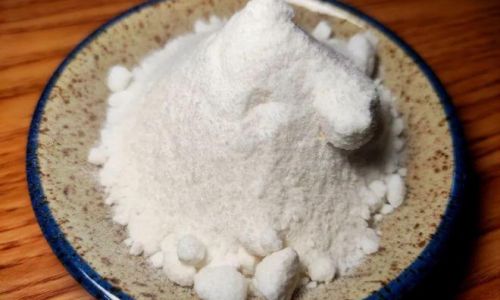


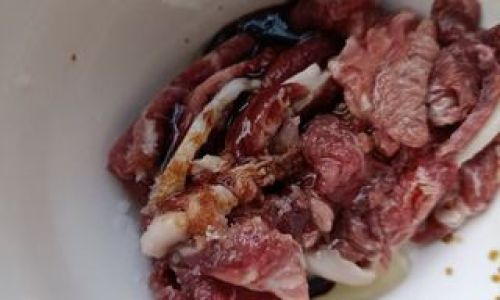
0 comments